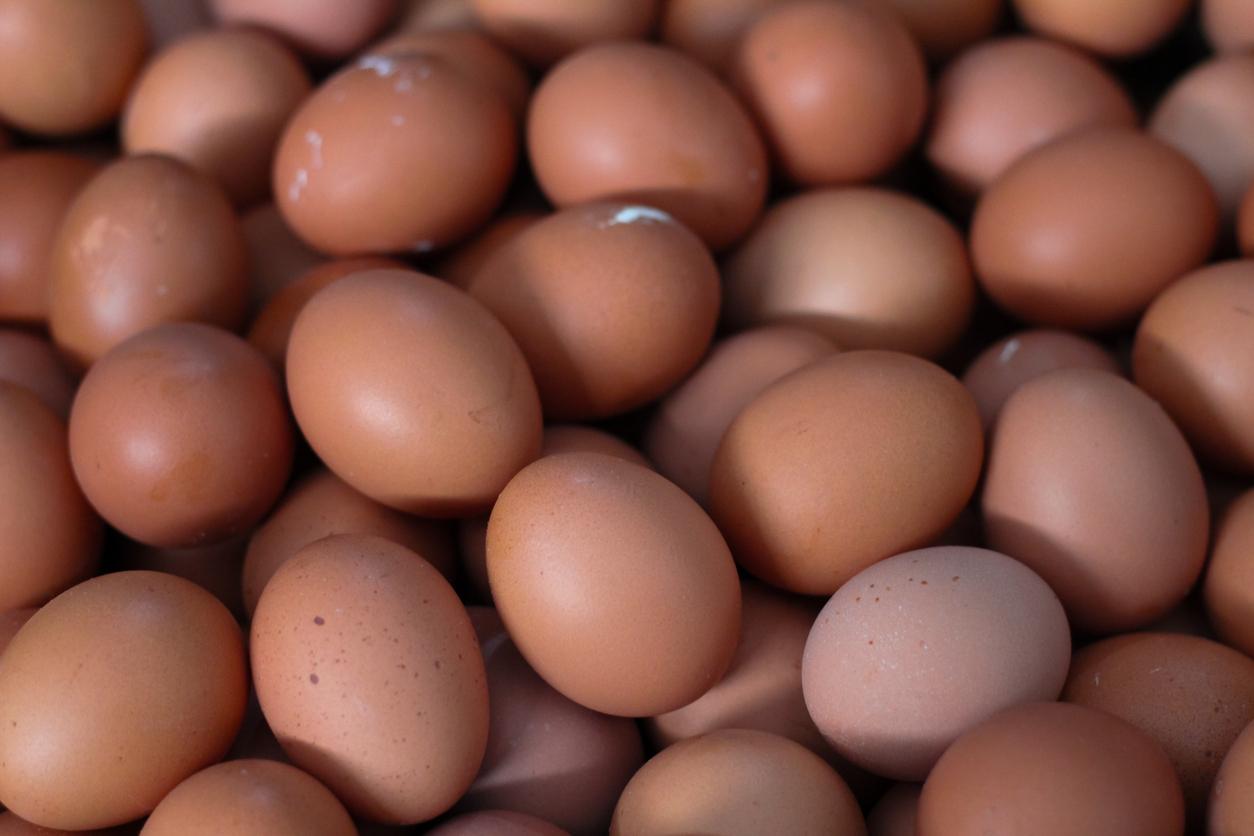Supposed to improve digestion and health, gluten-free food products are nevertheless full of additives, sometimes very harmful to health, they induce high glycemic loads and they can induce protein deficiencies. This is what emerges from a survey by the magazine 60 Millions de consommateurs.

“Gluten-free” products are everywhere and praised, but you have to be careful. Supposed to improve health, gluten-free foods are increasingly popular with supermarkets and the French, even when the latter are not intolerant.
However, these products ultra-processed by the food industry are not without risk, warns the Institute 60 Millions de consommateurs in its july special issue magazine.
A fashion for health products
In recent years, in the hope of adopting a healthier lifestyle, more and more French people have turned to organic products, but also to gluten-free products, that is to say without “gliadin”, a protein present in many cereals and which is at the origin of the real disease of “gluten intolerance”. According to the survey of 60 million consumers, this market now extends from pet food to cosmetic products …
However, despite exorbitant prices (often double the same gluten-free product), the “free” use “compositions low in protein and fiber, but high in sugar and salt … and additives, used to enhance the taste”.
A high glycemic load
Because to make up for the absence of gluten, manufacturers tend to add these many additives (thickeners, emulsifiers, etc.), which make foods much more caloric. Thus, the composition of gluten-free products generally gives them a very (too) high glycemic index and load.
“Clearly, they are digested much faster than the versions” with gluten “and therefore increase considerably and much more abruptly the secretion of insulin and blood sugar.” They make you hungry. “, explains dietitian Angélique Houlbert, interviewed by France Info. They therefore push people to store this energy which arrives too quickly and make them fat. Furthermore, some of these additives can cause, if consumed too much, bloating and diarrhea, warns 60 million consumers.
Three times less protein in gluten-free bread
In addition, gluten-free products tend to induce protein deficiencies, warns the magazine, relying in particular on a Spanish study from 2017 according to which gluten-free bread contained on average twice as much fat as conventional bread so that it provided three times less protein.
This study joins another carried out by 60 million consumers at the start of 2016. “100 g of brand Repère E. Leclerc gluten-free sandwich bread contains 2.6 g of protein, compared to 8.3 g for the Repère E. Leclerc brand Golden Epi”, explained the magazine, which already warned against the gluten-free trend.
After investigation, the institute had also discovered that the “Croustipate gluten free” shortcrust pastry dough contained 15 ingredients, one of which a third of which were additives such as E464 and E330. In comparison, the classic Marie brand paste was satisfied with six ingredients without any additives.
An enrichment with rice flour
“Explanation: instead of wheat flour, manufacturers most often use rice flour, combined with starch and starches. Either. But lack of gluten, which gives elasticity to the dough and from the texture to the finished product, they incorporate additives such as thickeners and emulsifiers – which we could do without, “the magazine noted.
In conclusion, unless you are part of the 1% of the population who are medically “gluten intolerant”, that is, who have autoimmune digestive disease, avoid banning gluten from your diet, concludes 60 Million Consumers. And, if your doctor has diagnosed you with celiac disease, choose raw, unprocessed products, because, with or without gluten, an industrial product remains relatively harmful to health.

.

















